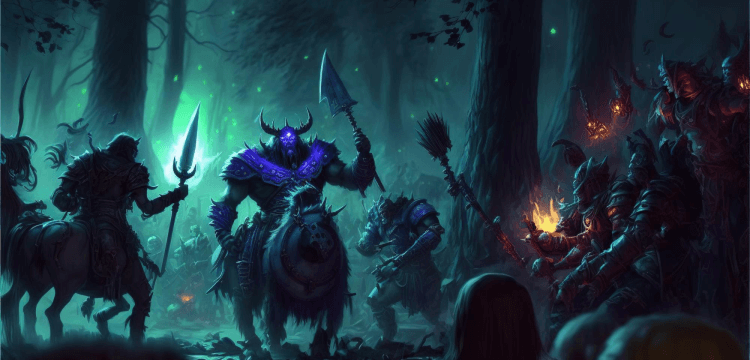Every beloved video game is the result of countless hours of creativity, collaboration, and innovation behind the scenes. While players immerse themselves in captivating worlds and thrilling gameplay, the development process is a fascinating journey filled with challenges, triumphs, and the dedication of talented teams. Let’s uncover what happens behind the scenes of your favorite titles:
1. Concept and Design: It all begins with an idea. Game developers brainstorm concepts, storylines, and game mechanics that will define the player’s experience. Concept artists create visual representations, establishing the game’s artistic direction and aesthetic.
2. Development and Programming: Developers bring the game to life through coding and programming. This stage involves building the game’s engine, implementing gameplay mechanics, and creating environments, characters, and assets. Iterative testing and debugging refine the game’s functionality and ensure smooth gameplay.
3. Art and Animation: Artists and animators craft the visual elements that breathe life into the game. From character designs and animations to environments and special effects, meticulous attention to detail enhances immersion and visual appeal.
4. Sound and Music: Sound designers and composers create the auditory atmosphere of the game. They design sound effects that complement gameplay actions and emotions, while composers craft memorable soundtracks that evoke mood and enhance storytelling.
5. Playtesting and Feedback: Playtesting is crucial for refining gameplay and identifying areas for improvement. Testers, both internal and external, provide feedback on mechanics, difficulty levels, and overall player experience. Developers use this feedback to fine-tune gameplay and address any issues before launch.
6. Marketing and Promotion: As development nears completion, marketing teams strategize campaigns to build anticipation and awareness among gamers. Trailers, gameplay demos, and promotional events generate excitement and attract a loyal fan base.
7. Launch and Post-Launch Support: The game’s release marks the culmination of years of hard work. Developers monitor player feedback, address bugs through updates and patches, and may introduce downloadable content (DLC) to expand the game’s universe and provide ongoing support to the community.
8. Community Engagement: Building a vibrant community around the game is essential for its longevity. Developers interact with fans through forums, social media, and live streams, fostering a dedicated player base and incorporating community feedback into future updates and expansions.



Comments are closed